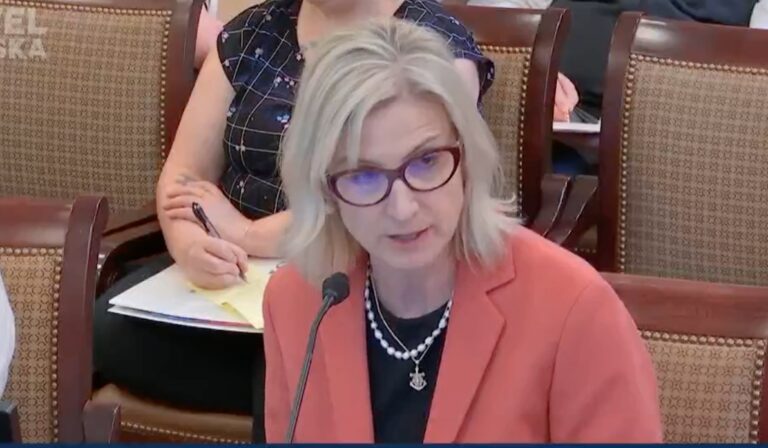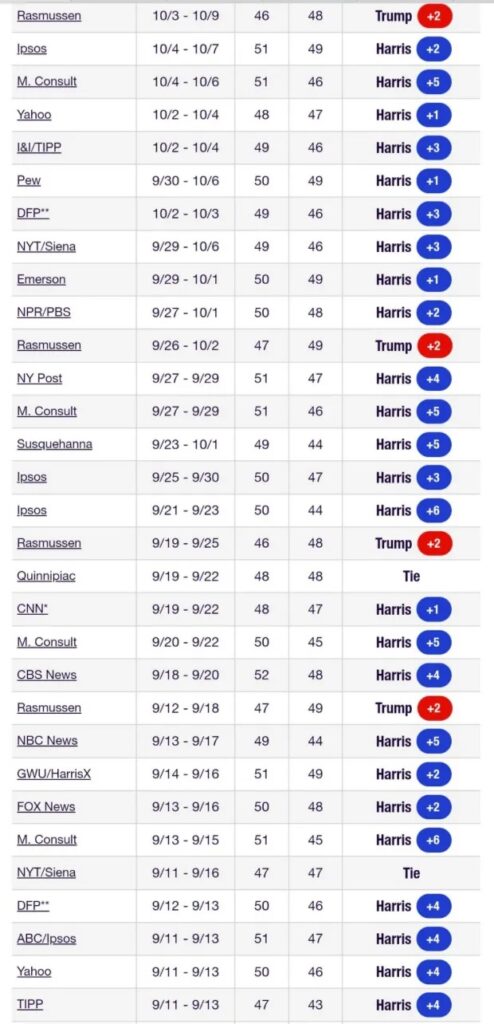Defense Secretary Pete Hegseth signed a directive ordering a top-down review of the medical conditions that disqualify individuals from joining the US military.
The memorandum, signed April 24 and addressed to senior Pentagon leadership, sets in motion a 30-day evaluation of current medical waiver policies under Department of Defense Instruction 6130.03, Volume 1, which governs the medical standards for enlistment, appointment, or induction into military service.
The initiative comes amid growing concern that an increasing number of medical waivers may be undermining the effectiveness of US forces. According to a Defense Department Inspector General review, roughly 17% of new recruits in 2022 were granted waivers for conditions that previously would have barred their service — a sharp increase from 12% in 2013.
The Navy alone issued 15,900 medical waivers in 2022 of the 41,964 new recruits (active-duty and reserve, enlisted and officers.) That’s nearly 38% of recruits getting waivers for medical conditions.
“Applicants for military service must be physically and mentally able to perform their duties under the harshest of conditions without risk to themselves or others,” Hegseth stated in a video released on the Department of Defense’s social media channels.
The review will focus on identifying which medical conditions should be categorically ineligible for waivers and which may warrant case-by-case consideration — particularly those requiring approval from a military department secretary.
Among the current list of waiver-eligible conditions are schizophrenia, paraphilic disorders, congestive heart failure, and chronic oxygen use — ailments that raise red flags for long-term viability in demanding operational environments.
“Service members need to be medically ready to fight,” Hegseth said. “We need clear, high, and uncompromising medical and mental standards to match the realities of today’s missions.”
Medical experts and military planners have voiced concern that certain serious health conditions may not only prevent recruits from completing initial training but also pose risks to unit cohesion and mission success. Studies cited in the memorandum note that disorders like schizophrenia may deteriorate under combat stress, and conditions such as heart failure or respiratory dependency are incompatible with high-stress, physically taxing deployments.
The directive places responsibility on the Under Secretary of Defense for Personnel and Readiness to propose updates to accession standards and submit them for final approval within 30 days. This review is expected to serve as a blueprint for aligning medical policies with the military’s operational requirements.
Hegseth’s action reflects a broader effort under the current administration to restore and uphold traditional standards of excellence within the armed forces.
“High standards equal lethality,” Hegseth said. “Under President Donald J. Trump, we’ve seen a huge surge of Americans who want to join a military with high, clear standards.”
The Defense Department is expected to release findings from the review in late May, potentially reshaping how the military evaluates the fitness of future recruits.










